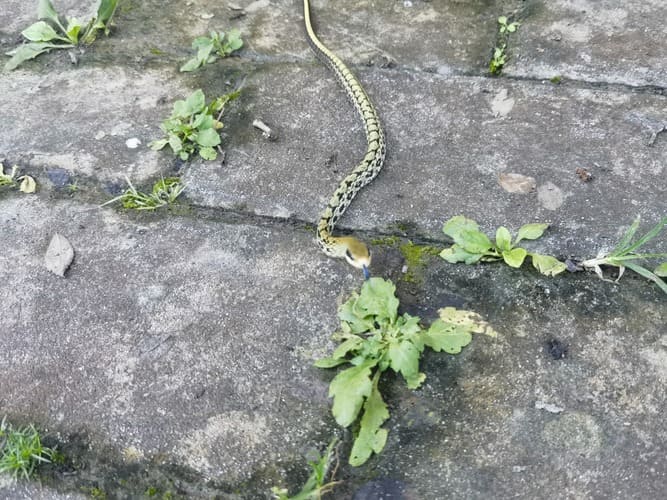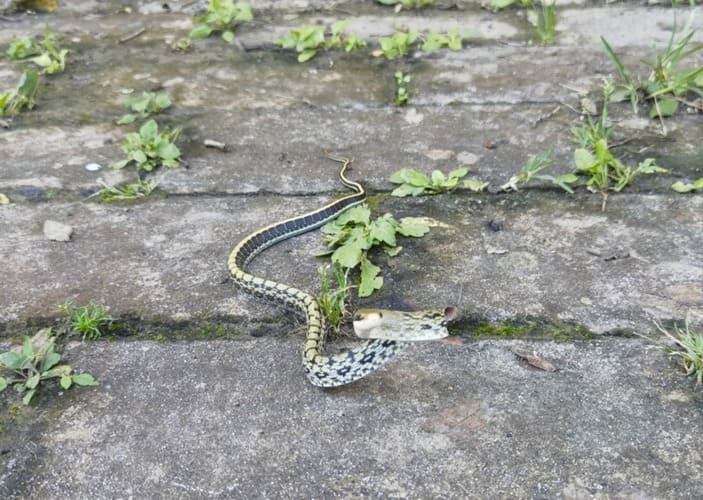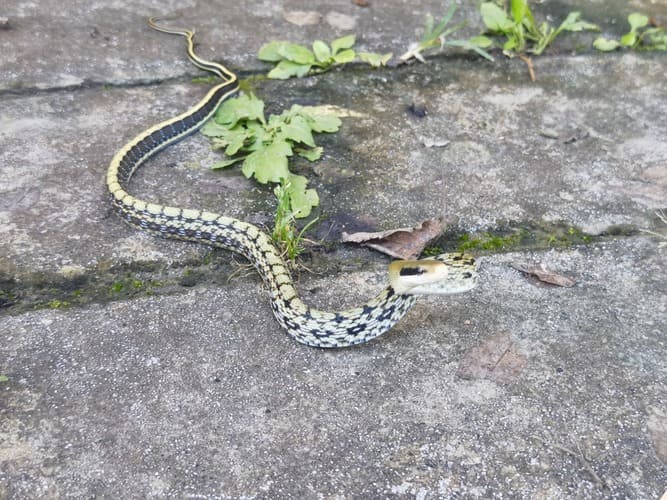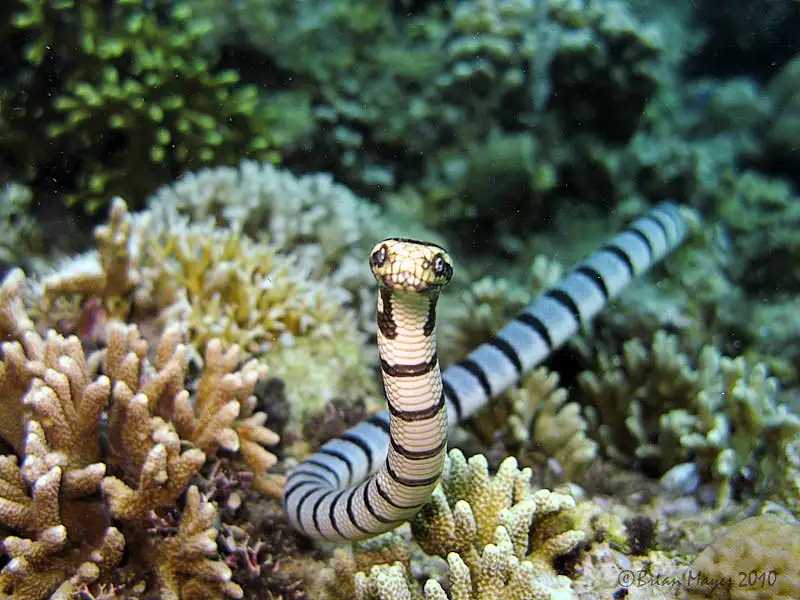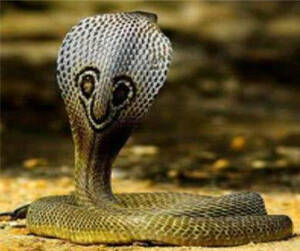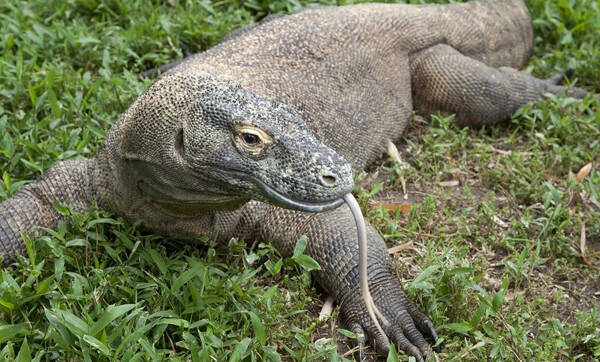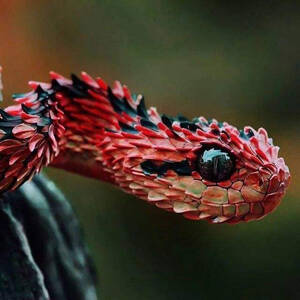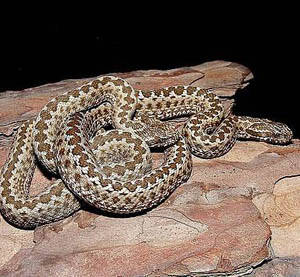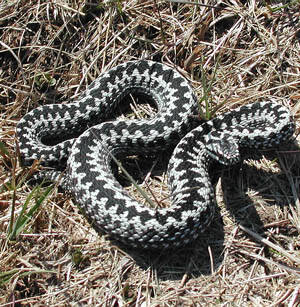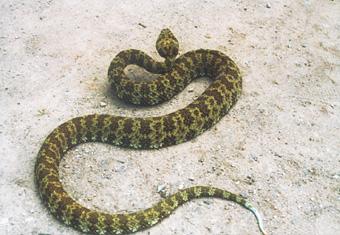Beauty Rat Snake (Black‑browed)
IUCN
LCBasic Information
Scientific classification
- name:Beauty Rat Snake (Black‑browed)
- Scientific Name:Orthriophis taeniurus
- Outline:Squamata
- Family:Colubridae Orthriophis
Vital signs
- length:1.5–2.2 m (larger possible)
- Weight:0.8–1.5 kg (size‑dependent)
- lifetime:Estimated 10–15 years in the wild; longer under care
Feature
Non‑venomous; strong climber/cave user; bold post‑ocular brow; diurnal crepuscular peaks; rodent control.
Distribution and Habitat
Forest edge, farmland mosaics, caves/rocky terrain and villages across SE/E China to Indochina and Myanmar.
Appearance
Yellow‑olive/brown with thick black brow stripe onto neck; posterior dark cross‑bands; pale yellow belly.
Details
Beauty Rat Snake (Black‑browed Rat Snake; Orthriophis taeniurus, formerly Elaphe) is a large, non‑venomous colubrid across East and parts of Southeast Asia. An adept climber and cave user, it preys mostly on rodents and birds. IUCN: Least Concern (LC).
Ecology & Behaviour
Active at forest edges, farmland mosaics, karst/caves and village margins; largely diurnal with crepuscular peaks. Diet includes rats, eggs, nestlings and lizards. When threatened it tail‑vibrates and releases musk.
Identification
Adults 1.5–2.2 m (larger possible). Yellow‑olive/brown dorsum with a bold black post‑ocular brow extending onto the neck; posterior dark cross‑bands; pale yellow belly. Differs from similar rat snakes by the thicker brow‑stripe and stronger banding.
Reproduction
Oviparous; spring–early summer mating; clutches of 6–18 eggs; incubation ~50–70 days.
Range & Status
SE/E China (incl. Taiwan) to N/C Vietnam, Laos, Thailand and Myanmar in hilly forests and semi‑rural habitats; widespread and stable overall, with local threats from habitat fragmentation and road mortality.
FAQ
Q1. Venomous? No—non‑venomous colubrid; may vibrate tail and musk when stressed.
Q2. How to tell from other rat snakes? Thick black “brow” stripe behind the eye continuing onto the neck; darker posterior cross‑bands.
Q3. Diet? Mainly rodents; also eggs, birds and small reptiles.
Q4. Pet trade? Follow local laws; choose captive‑bred animals; avoid wild‑caught.

